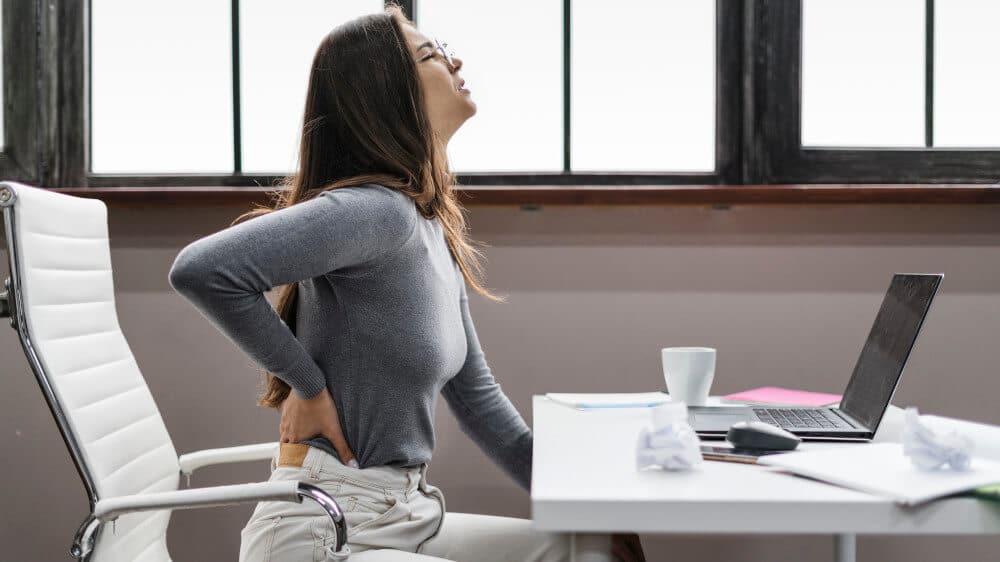Many of you may not like to take pills for every single body ache and muscle pain. That is where alternative forms of healthcare can help you, such as Acupuncture, Cupping and Ampuku Psoas Release™ methods.
All of these methods are very effective in releasing muscle tension and making you feel relaxed. If you constantly feel pain in your psoas, then these therapies can ease your suffering. However, there may be some of you who don’t know what psoas is, and that’s okay.
Below is everything you need to know to familiarize yourself with the psoas.
What Is Psoas?
The psoas is a muscle that is found in the pelvic area of your body. It connects your lower back and upper thigh. In simple words, the reason you can pick up objects is because of the psoas.
It allows you to flex your hips and is vital for walking, running, and other locomotory actions. Many people often blame psoas for any muscular pain they feel. And to some extent, they are right as well.
Here is why you may feel pain in your psoas.
The Reason Behind Psoas Pain
People who work desk jobs and spend most of their day sitting on a chair are more likely to experience psoas pain. This is because the shortening of muscles limits your movement at the hip and causes other muscles to become tense. Acupuncture, Cupping and Ampuku Psoas Release™ are well-known methods that can help you deal with the pain.
Treatment For Psoas Pain
Below are details that will help you understand why these methods are effective for psoas pain.
1. Acupuncture
During acupuncture for psoas release, trigger points have to be identified first. The practitioner will search for tight bands of muscle that cause you to feel pain. This takes a little time, but once all points have been located, the rest of the process is simple.
The acupuncturist will insert needles at the trigger points and let them be for some time. When the needles are removed, muscle tension is released along with them. People who use acupuncture for psoas have significantly seen a reduction in pain, and their motor functions restore quickly.
In minor cases, one treatment can be enough for extended relief. However, if you have a psoas injury, then you will have to visit the acupuncturist regularly for some time.
2. Cupping
Cupping psoas is becoming quite popular these days. Psoas pain not only restricts your movement but also affects the blood flow in your body. By applying heated cups to your lower back, muscle tension is released, and they start to relax.
The reason why the psoas relaxes due to cupping is that it allows more blood to flow to the muscles. This helps in their oxygenation due to which they do not strain much when used. Besides that, it also draws dirty blood and toxins from the muscles to help restore their function.
3. Ampuku Psoas Release™
Ampuku Psoas Release™ focus is on the abdomen and the Psoas muscle as both the center of movement and posture, also the focus of energy for the whole body. It is the major key to resolving injuries and healthy flexibility of the body.
Ampuku Psoas Release™ gently works with the Psoas and iliacus muscles to address the lower back muscles, hips and sacral areas.
Final Words
That was all the information you will require about acupuncture, cupping and Ampuku Psoas Release™ for psoas. If you also experience psoas pain, you should try these methods. We guarantee you that they will effectively make the pain go away.
You can visit As Designed Wellness clinic in Dana Point, California if you are interested in acupuncture, cupping and Ampuku Psoas Release™ therapy/treatment. This clinic offers the best psoas pain treatment and has a licensed doctor. You can also book your appointment here – As Designed Wellness Appointment.

